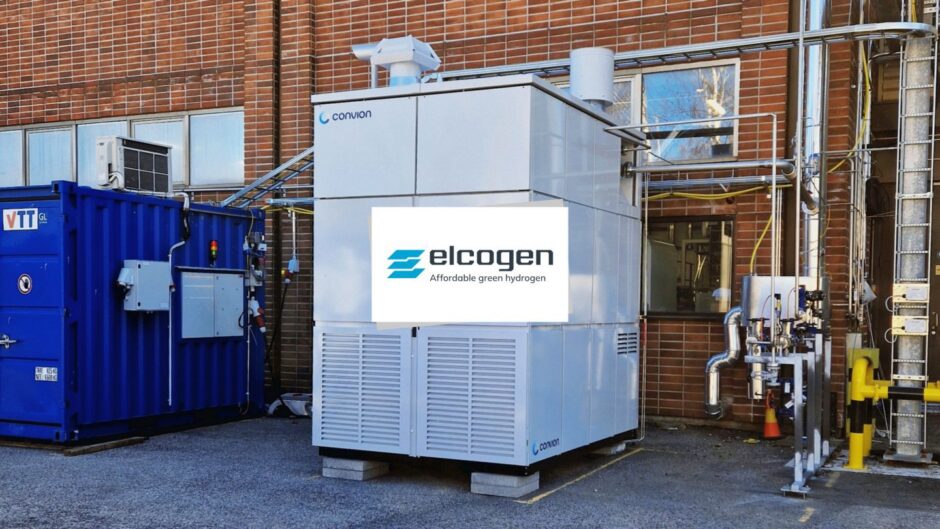
One of the challenges of producing green hydrogen is fluctuating levels of power from intermittent renewable sources.
Elcogen, an Estonian technology company, aims to tackle this through its solid oxide electrolyser. Head of R&D Matti Noponen explained that a recent test was intended to tackle this.
The company carried out a test to study ramp up and shut down rates, Noponen explained.
“Convion conducted hundreds of cycles with ramp rates from hot idle to 100% load in less than 10 minutes,” he said by email. “This change rate is fast enough to follow e.g. any wind profile changes.”
On January 2, Elcogen said its field test with Convion had run for 2,000 hours. This used Convion’s solid oxide electrolyser with Elcogen’s cell technology.
The Estonian company reported that electrical efficiency was more than 85%, using 20-30% less electricity when compared with PEM and alkaline electrolysers.
Noponen said the solid oxide electrolyser had a high much higher operating temperature than PEM and alkaline. “Solid oxide stack produces hydrogen typically at 95-100 %-LHV efficiency,” he said.
“The high efficiency is a result of basic thermodynamic properties of hydrogen, oxygen and water. Also the high temperature reduces internal resistances further busting the efficiency. Low temperature technologies like PEM and alkaline are typically operated at efficiency levels 60-70 %-LHV.”
As a result, less electricity is needed to produce the same amount of hydrogen, the official said. “Solid oxide technology provides the best potential for low-cost hydrogen production.”
Support plans
Another argument for solid oxide is that the technology can operate either way. As such, it can function as either an electrolyser or a fuel cell. This means that it can provide grid stabilisation “and offer a broader range of revenue streams to operators who can take advantage of fluctuating electricity costs”.
Noponen went on to praise Finland’s support for research and innovation. This includes Business Finland and research institutes such as VTT.
“This ecosystem model strengthens the collaboration and creates well defined boundaries between these different type of organisations, making the development work faster and fluent,” he said.

